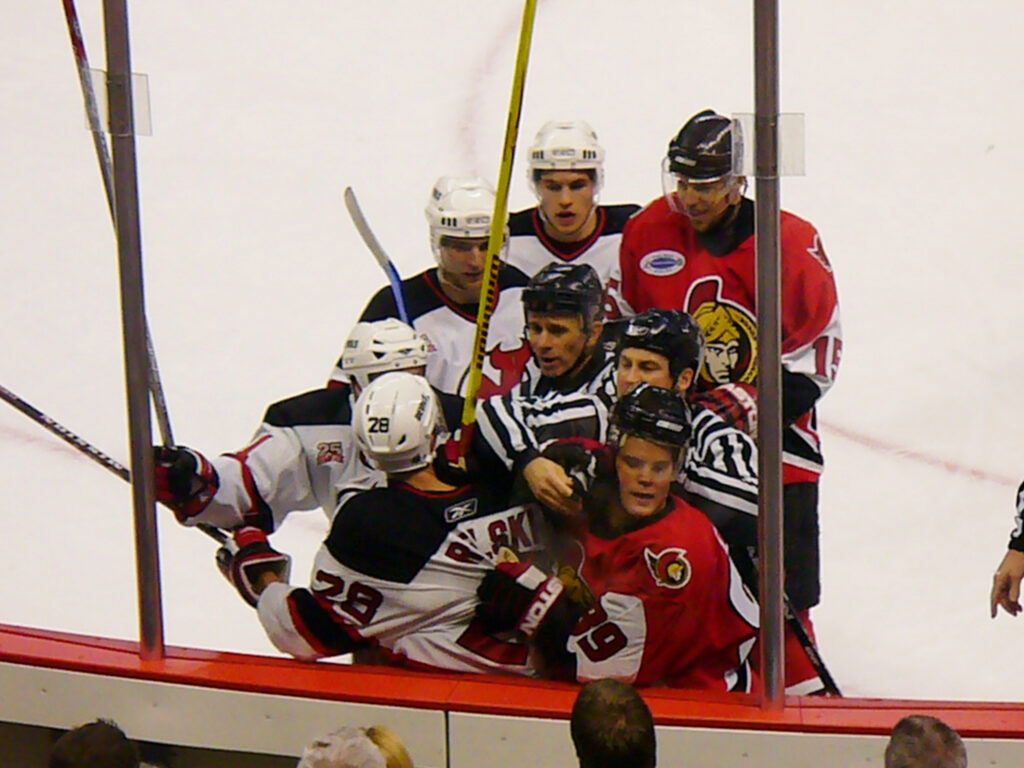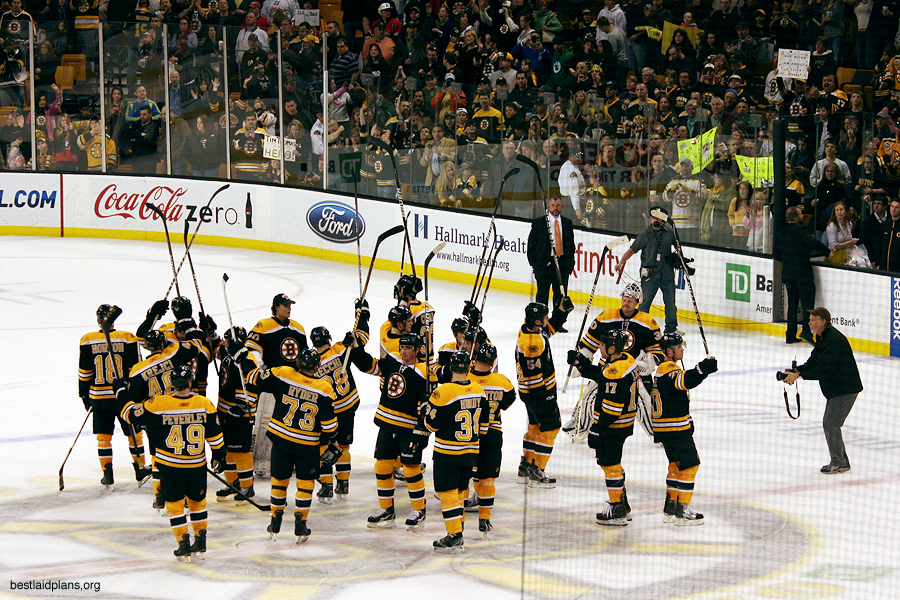This research study aimed to analyze the effect of gender norms on public opinion of fighting in hockey on YouTube. Through a qualitative and quantitative content analysis of 360 comments on 24 different YouTube videos of NHL hockey fights over the past 6 decades, several key themes emerged that shed light on how masculine gender norms shape discourse and framing around violence in this sport.
The results showed that toughness was the most prevalent form of masculinizing discourse present within comments, reflecting how ideals of strength, endurance, and male dominance have been historically ingrained within hockey culture. Numerous comments praised or critiqued the degree of “toughness” displayed by players in fights. This aligns with previous literature noting how hockey has served as a site for upholding traditional masculine norms of aggression, physicality, and competitive masculinity (Macdonald 2014). This violence and fighting can be understood as performances and expressions of a hegemonic form of masculinity that the sport puts value on (Connell 2005).

Interestingly, the frequency of discourse related to toughness declined substantially in more recent decades, suggesting a potential shift in attitudes over time. This mirrors Allain’s (2022) findings of alternative, less aggressive masculinities emerging among older male hockey players. During this decline, feminizing discourse became more prominent in recent years as a way to insult or delegitimize hockey fights by comparing the actions to stereotypes about femininity and homosexuality. Some comments even directly blamed the decreased prevalence of violence on the influence of women and “soccer moms.” This sexist backlash connects to concerns raised by researchers like Fowler (2023) about how institutional violence in men’s hockey conveys and upholds ideals of hegemonic masculinity that exclude women and gender minorities.
Additionally, war emerged as an unexpected theme related to discourse of violence, with commenters frequently using militaristic language and comparisons to characterize the brutality and intensity of the fights. Calling players “warriors” heading into “battle” or relating brawls to “civil wars” addresses the same cherished narratives of masculine honor and sacrifice that have been culturally linked to warfare and the military. The framing also glorifies the violence while denying its dangers, relating to the denial that has continued violence and trauma within military and war.
The analysis also revealed how symbolic interactionist processes of meaning extend into online fan spaces as people perform identities and indicate their alignment with particular values and ideologies through online discourse (Matang 2023). Many comments could be read as fans reinforcing traditional notions of masculinity they see as threatened by societal shifts toward greater inclusivity and less toxic masculine norms (Sailofsky and Orr 2021). Much like the resistance seen against decreased fighting in hockey, fans expressing masculinized perspectives may be reacting to how changing gender norms call into question behaviors and beliefs that were once more acceptable(Connell 2005).

From a gender theory perspective, these findings illustrate how the normalization and acceptance of violence in hockey contributes to wider patterns of hegemonic masculinity that privilege male power while also putting less value on femininities and alternative masculinities (Connell 2005). Despite evolving attitudes in some spheres, the analysis reveals that deeply entrenched associations between masculinity, toughness, and sanctioned violence persist and are actively upheld through the rituals of hockey fans.
While the research was able to show the public opinion of fighting within hockey among fans, it was not able to show the opinion of players. More research is needed to understand the opinion of violence and fighting in hockey among players both professional and amateur. This would provide a better understanding of the culture and forms of masculinities that exist in hockey. This study was limited to social media comments; an analysis of interviews of both fans and players would provide a much more comprehensive understanding.
While the physicality and fights in hockey are seen by traditionalists as integral components of the sport, the comments uncovered in this analysis demand further discussion of their effects beyond just player safety and on-ice dynamics. The normalization of violence is linked to increased aggression and discrimination off the ice, setting the stage for further acts of physical and sexualized violence according to literature on this behavioral spillover effect (Macgregor 2018). This underscores how addressing the glorification of violence within hockey’s masculine ideals is not just a matter of changing the gameplay, but also contending with problematic ideologies about male dominance that have plagued the sport.

While more voices are emerging to challenge hockey’s history of exclusion, this research shows how online communities remain a big part of socialization into these traditional belief systems. As hockey evaluates reforming policies around fighting in fear of injuries and head trauma, it is also important to determine how violence reflects and reinforces harmful gender ideologies that promote exclusivity, prevent culture change, put players at risk, and normalize harm. By uprooting the problematic masculine ideologies and replacing them with values of safety and respect, the sport may move towards a healthier future for players, fans, and the sport itself.